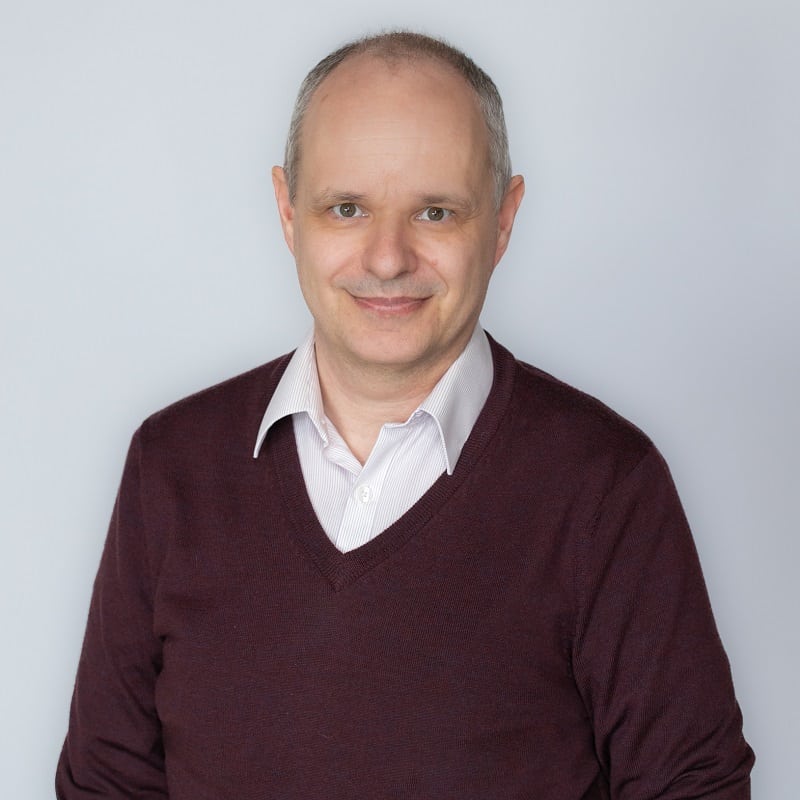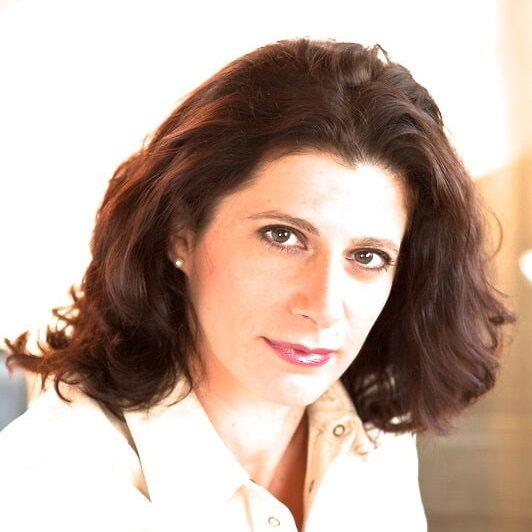For me, the countdown to Christmas means three things – excitement, new gadgets, and an almost daily dose of Disney in one form or another. So, since it’s December, let’s tick off a hattrick of all three of those boxes with this special extra-long conversation with Dr Danny Hillis – inventor, innovator, and the founder of Applied Invention. Want to avoid that annual appraisal or procrastinate around your 2025 planning? Grab a drink and a chocolate orange, and spend 50 minutes hearing from the legend that developed the knowledge graph that provides the foundations for Google Search.
Danny is a renowned computer scientist, engineer, and entrepreneur. As the co-founder of Applied Invention, and before that of Thinking Machines, Danny is also a pioneer in parallel computing, which helped shape the trajectory of technology and its applications across diverse fields. His CV includes a long list of outputs and achievements, including designing the Connection Machine, a supercomputer that was way ahead of its time, and his work on the Long Now Foundation’s 10,000-Year Clock, an example of how art and science can promote long-term thinking. In this chat, Danny and I discuss the exciting inventions that thrive at the intersections of technology, research, and innovation, and what we can expect regarding the future of science and its role in solving humanity’s greatest challenges for everyone.

The goal of Thinking Machines was to build computers with a lot of power that could develop AI, large language models, and so on. According to Amdahl’s Law – a problem doesn’t become easier to solve when you apply more processing power, rather it becomes less efficient – many people presumed that the problem couldn’t be overcome, and parallel computers got little to no interest. However, Danny wouldn’t let it go. He understood that brains are parallel computers – they may consist of slow components, but they still do things quickly. Danny wanted to build a machine that proved this rule wrong and set about building something capable of doing so. He proved that Amdahl’s Law can be broken, and made some very fast machines in the process. These machines were responsible for creating the first-ever global climate models and also three-dimensional seismic models of the Earth. Whichever problem you brought the supercomputer, it found a way to apply its power usefully. More importantly, the supercomputer and its varied associated projects were a magnet for very smart people who liked solving a range of problems – including someone called Richard Feynman who apparently got very excited about physics.

Because of its varied applications and capabilities, a very interdisciplinary community of users developed around the Connection Machine. Most other research endeavours reward specialists with deep knowledge of one small area, but the supercomputer set the tone for Thinking Machines as being a place where being a generalist pays off.
I was thrilled to learn in our chat that one of my favourite authors Neal Stephenson was also inspired by Danny’s invention. In the original idea for his first published SciFi book, Snowcrash was a computer program. However, he pivoted slightly after he tried and failed to program the Connection Machine. Sergey Brin was another member of the Connection Machine’s research community – he already had an idea for search engines, which turned into Google. By using this new and powerful technology, these researchers were able to stretch the possibility of what they could do, only just beyond the realms of what they were doing, but enough to fuel further exploration.
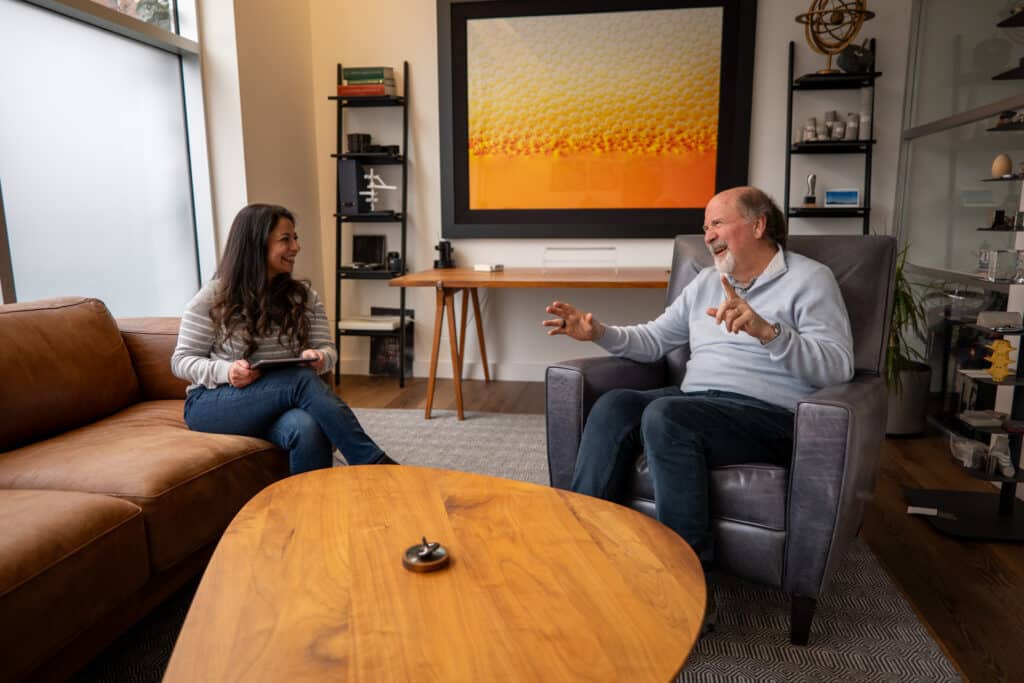
Knowledge graphs for humanity
Danny realised that having a computer-readable graphic representation of general knowledge – people, places, things, schedules, etc – would become important. It would be a tool to help computers navigate questions posed to them. His company Metaweb therefore set about building a knowledge graph and, as predicted, people started using it. It became a critical piece of technology that enabled search engines, especially once Google bought it. That same technology became the Google Knowledge Graph, and its legacy is seen in Google Maps for example. The connected, related information presented in response to a search query is coming out of the knowledge graph even now.
Data is useless unless you can make sense of it. By using knowledge graphs, information can be associated through connection and meaning, presenting results that don’t contain the words in your keyword search query but are closely related to it in meaning and semantics. This is a sentiment that Sebastian Schmidt echoed in our chat back in May. Danny says that right now there are more than 100s of billion relationships between entities means lots of connected information. However, despite its continued widespread use, Danny feels that for him the project was still a failure in some senses – he wanted to create this resource for the world. Instead, every company makes their own knowledge graph which feels like a waste of human effort, and also biases progress towards wealthier companies.

Danny also believes there is scope to make knowledge graphs even better and more fit for purpose in today’s society. He says that there is not a rich enough representation of the provenance of information that is included, and humanity is facing a crisis over what they can and can’t believe. There is so much incorrect information out there, and AI is supercharging the capacity to create what sound like plausible truths but are instead contributing to misinformation and disinformation. One tool to help people determine the truth in information could be a graph of public assertions of knowledge. By including a range of cultural lenses through which to view this knowledge, some information could be contradictory, but we are giving people the power to decide what to believe by also including information about how that knowledge came to be created. In an age where truth is a complicated concept, there are more tools available to us than ever before to help us remain as scientific as possible.
Interdisciplinarity for innovation
After his time at Thinking Machines, Danny wanted a break from computers. He had wanted to be a Disney Imagineer ever since he heard the term, and was offered a role at the company. However, he needed a new title to reflect the varied work he would be doing. Thus Danny and some of his key collaborators became the first cohort of Disney Fellows, with Danny also taking up the position of VP of Imagineering. This role opened Danny up to thinking about storytelling, art and audience engagement in a way he had never done before.
Danny says it was fun to turn make-believe into a magical reality, but he missed pushing the boundaries of truth-oriented work, and so took what he had learned from problem-solving during his time at Thinking Machines and combined it with Disney’s studio approach whereby they would call on a network of experts to solve different problems and created Applied Invention, one of the few interdisciplinary innovation organisations around, alongside the likes of Google’s moonshot factory X.
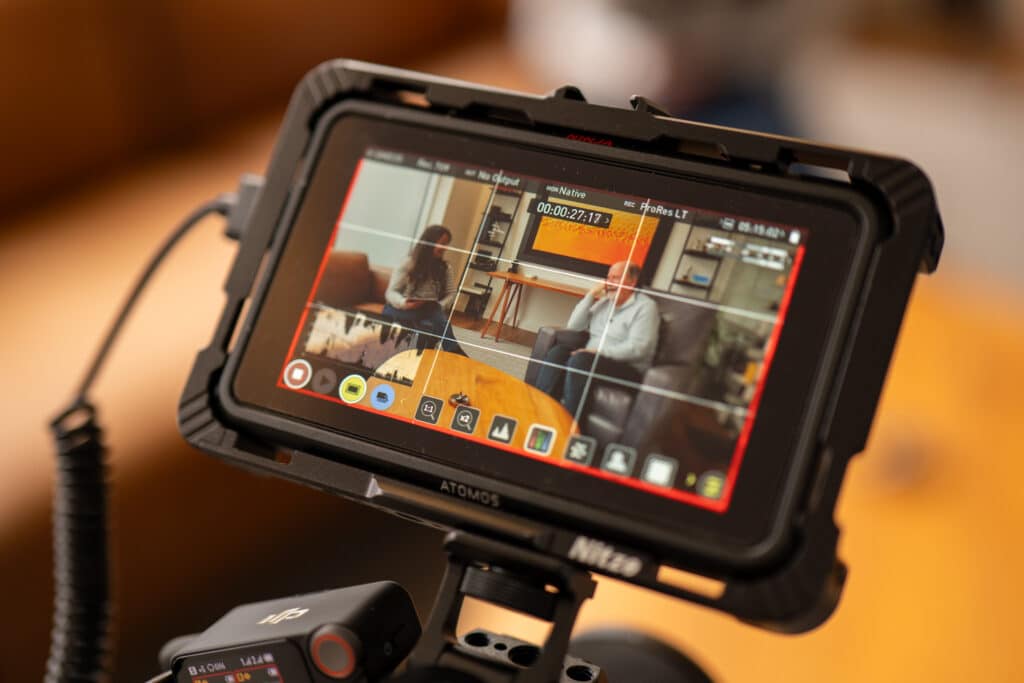
Applied Invention exists as a “company of last resort”, If a problem can’t be solved in any other way, Danny and his interdisciplinary team will give it a good go. He says that they do this because rather than use the same hammer to hit the same nail, they have a range of different tools with which to hit the nail instead, potentially giving rise to a different solution. For the team at Applied Invention, each project they take on has to fulfil three criteria – someone has to be excited by the project, someone else has to determine that it won’t lose the company too much money, and finally, someone determines whether the team will be able to create a solution that is better than one anyone else could come up with. If all three criteria are met, the project is live.
When I asked Danny about how this way of working differs from academia, he said that while a PhD will train you on how to do something well with a deep knowledge of a very small area, organisations like applied minds work across all disciplines, and that taking a more generalistic approach means that while each person’s knowledge may be broad but not quite expert-level, the teams know of many other experts with that depth of knowledge that they can bring in to work with them. Danny says that academics may still have that experimental curiosity but because of how research is rewarded in academia, most researchers are unable to pursue such blue skies ideas unless or until they have a free pass in the form of a Nobel Prize or other such ticket to academic adventure.
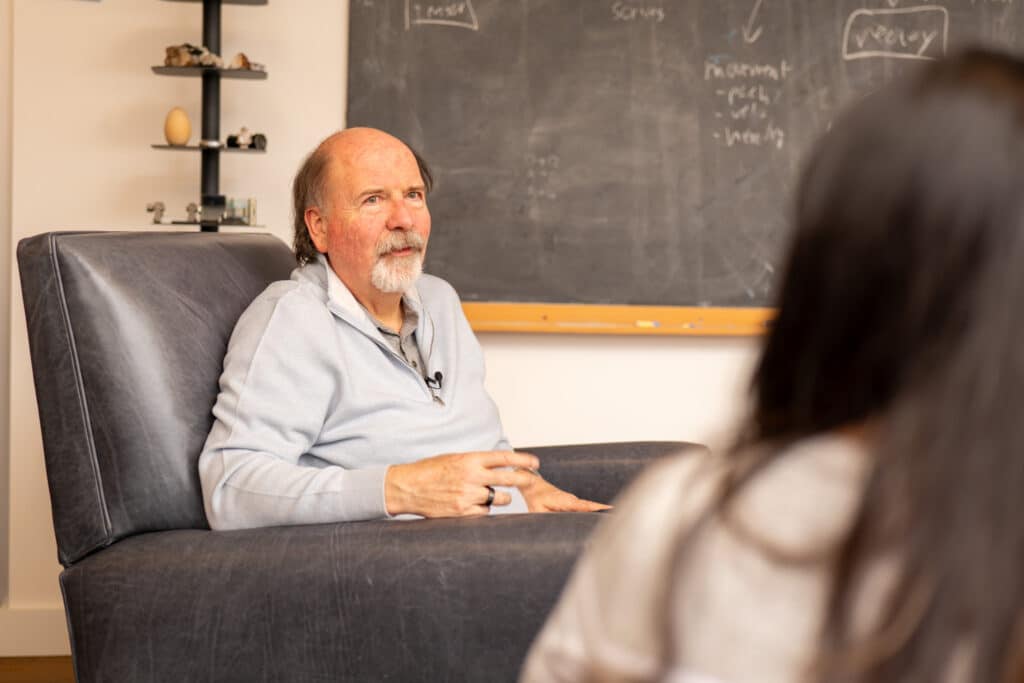
Art and science
Danny reflects on the inner beauty of the workings of technology and the outer beauty of how it looks and what it can do. Danny believes that scientists have long understood that you need to care about how something looks. If we go back to Faraday’s time in the lab (Michael Faraday, and not my cat Faraday, creative though he also is) we are reminded that even then people knew that societal solutions had to look good in order to improve their chances of being adopted. This is something that Danny learned more about during his time at Disney. Inventions and interventions succeed and fail based on whether or not they have the right story behind them. There is scope to use art for more public engagement with science too – in fact one of Danny’s other projects, the Long Now Clock, is a piece of technology designed to remind people of the human story and our place in this universe.
Science is a new way of deciding what to believe
As our conversation came to a close, Danny revisited the idea of using technology to determine the best truth in an age of mis- and disinformation, when you don’t know what to believe, whether you work within research or are impacted by it. While linking information has gone a huge way to democratising access to information about all of human knowledge, we are also muddying the waters by allowing the technology we have developed to further contribute to mistruths. However, where there is challenge, there is opportunity, and Danny encourages researchers to embrace the opportunity to build better infrastructures to give people the tools to determine what to believe. Danny believes this will have the single biggest impact on the human condition. He says that knowledge is the best thing humans have created. And, while human-made technology can make it bad, we can also use those very tools to strengthen the robustness and integrity of this knowledge to rescue ourselves out of this alternative truth crisis we now face.
You can watch the full interview with Danny on our YouTube channel, and check out our Speaker Series playlist on YouTube which includes chats with some of our previous speakers, as well as our TL;DR Shorts playlist with short, snappy insights from a range of experts on the topics that matter to the research community.
With thanks to Huw James from Science Story Lab for filming and co-producing this interview. Filmed at the Applied Invention offices in Cambridge, Massachusetts, USA in April 2024.







